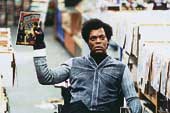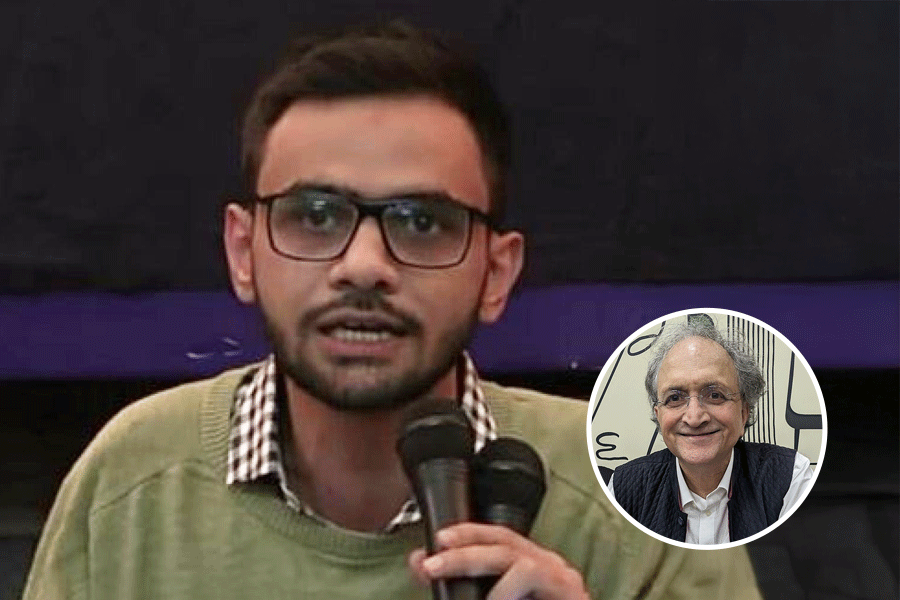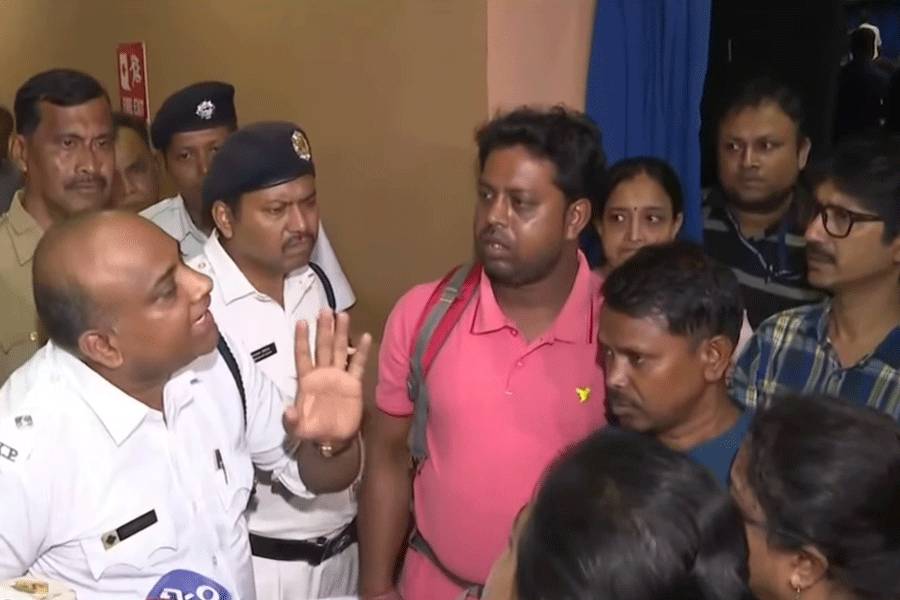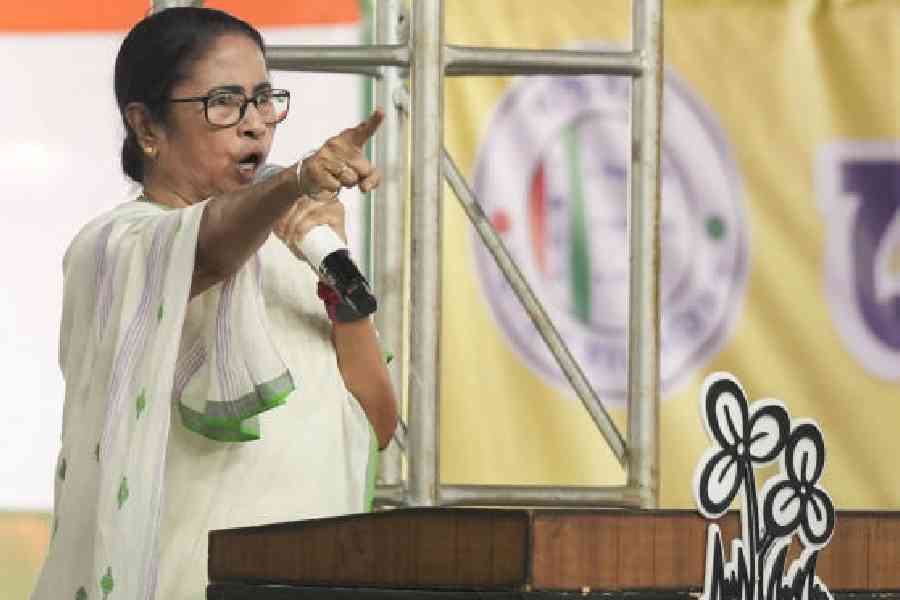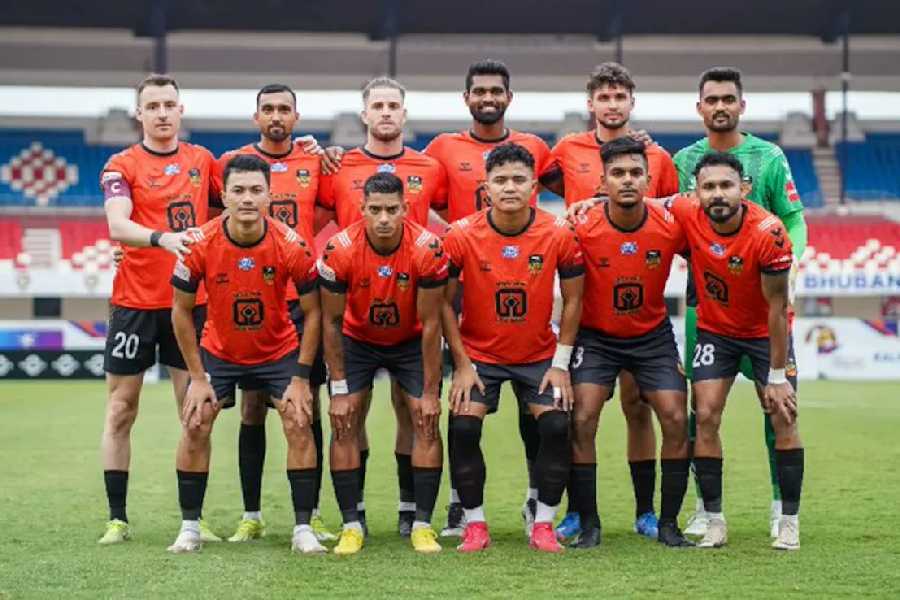 |
Endocrinologist Ambrish Mithal finds it easy to plant the fear of falling in his patient. She’s in her 60s, recuperating after a hip fracture. Her ribs are so fragile that a mere hug might trigger a crack, her wrist bones so weak that the squeeze of a handshake could break them. It’s not just old age, Mithal tells her, but a lifetime of low calcium diet and shunning sunlight that has caused her bones to disappear and turned her into a patient with osteoporosis.
But getting that message across to the nation is posing a far tougher challenge for Mithal. New medical studies have thrown up startling findings that the burden of osteoporosis in India in the years to come may be far worse than imagined and that men may suffer as much as women. Yet, doctors like Mithal find themselves struggling to get their own colleagues as well as the public and policy-makers to recognise the danger and take remedial steps.
Osteoporosis, they say, isn’t yet being taken as seriously as it should be. Mithal and his colleagues are now preparing a ‘White Paper’ on osteoporosis. “With a document that highlights the huge economic costs of osteoporosis to households and to the nation, we might be able to talk to policy-makers in a different way,” says Mithal, a consultant endocrinologist at the Indraprastha Apollo Hospital and president of the Indian Society for Bone and Mineral Research, a medical group currently spearheading a campaign to raise awareness about bone loss and urging action to prevent and treat osteoporosis.
Over the past decade, a growing number of studies have hinted that Indians tend to lose more bone as they grow older than do Caucasians. Now, a new study to be published later this year in the American Journal of Clinical Nutrition indicates that the prevalence of osteoporosis in the future may be far higher than assumed. And the roots of the burgeoning numbers may lurk in the lifestyles and nutrition of today’s schoolchildren.
While there is no data on the actual burden of osteoporosis on India, medical researchers have in the past used hospital data to extrapolate the number of patients with osteoporosis to over 25 million in the year 2003, a figure expected to rise to 35 million by 2013. Doctors have also estimated that India has over 500,000 patients with hip fractures and at least 4.5 million patients with spinal fractures caused by osteoporosis.
Men at risk
The numbers, doctors say, won’t ever be able to convey the psychological and economic impact that bone fractures have on the elderly and their families. “A hip fracture can be devastating,” says Dr Parag Sancheti, medical director and surgeon at the Sancheti Hospital in Pune. Patients get bedridden and are susceptible to bed sores, chest infections, and deep vein thrombosis. Despite treatment which can cost Rs 50,000, one in five patients with hip fracture is likely to die.
In recent years, medical researchers have also been trying to convince policy-makers and the public that osteoporosis is as much a health problem among men as in women. “Osteoporosis does not show any sex differences,” says Dr Ego Seeman, professor of medicine at the University of Melbourne who recently published a report on osteoporosis in men. While most men and governments remain unaware of the significance of this health problem in men, the report said, the lifetime risk of a man suffering from an osteoporotic fracture “is greater than his likelihood of developing prostate cancer”.
“Studies in India indicate that one in two women and one in three men above the age of 50 have low bone mass and are at risk of developing osteoporosis,” says Dr Ketan Pandey, an orthopaedic surgeon at the Sushrut Hospital in Nagpur who’s just published a study investigating the awareness about osteoporosis in the general community. “Many patients remain unaware of their own disease,” says Pandey. Backache and the typical stooped posture caused by fractured bones in the spine, for instance, are mistakenly dismissed by patients ? and sometimes by even their doctors ? as problems associated with old age and treated with pain-killers.
“In many patients, osteoporosis is detected only after the first fracture has occurred,” says Mithal. While the ideal goal should be prevention of the first fracture, Mithal says, doctors sometimes find it hard to prevent even the second fractures in patients who’ve already been diagnosed with osteoporosis.
Since the late 1990s, a series of studies in northern India have hinted that the bone loss may be the result of low levels of calcium and vitamin D during youth. Calcium is needed to build bones and vitamin D ? available from sunlight ? is required by the body to absorb the calcium it gets from food. Inadequate calcium or vitamin D would lead to low peak bone mass which is attained at about the age of 30 years, after which natural bone loss steadily exceeds new bone formation.
While exposure to sunlight and adequate calcium intake during school years and early youth would increase the peak bone mass, doctors say, there is not enough effort at health education involving bone-friendly messages. Policy-makers still appear unconvinced about the need for enhancing calcium and vitamin D intake. As Nikhil Tandon, an endocrinologist at the All India Institute of Medical Sciences in New Delhi points out, the Indian Council of Medical Research has not yet revised its recommended daily allowance of calcium to 1500 mg per day.
Orphan vitamin
Nutrition specialists concede that the fortification of common food products would be an efficient way to tackle vitamin D deficiency. Researchers cite the example of how the fortification of common salt with iodine has prevented tens of thousands of people from iodine deficiency disorders such as stunted growth and mental retardation. “But without a hue and cry, medical studies aren’t going to make a big difference,” says Umesh Kapil, professor of nutrition at the AIIMS.
Community health experts say that the additional cost involved in enriching milk with vitamin D would work out to just a few paise per litre. “This is an orphan vitamin, no one is pushing it forward,” says Dr Chandrakant Pandav, professor of community medicine at the AIIMS. Steps to enrich milk with vitamins A and D had been initiated with government subsidies in the early 1990s but the programme didn’t pan out, Pandav says.
But a new study by Tandon at the AIIMS and his colleague Raman Marwaha at the Institute of Nuclear Medicine and Allied Sciences in New Delhi may bolster the arguments for vitamin D intake among youngsters in India. Tandon and Marwaha have just completed what may be one of the largest studies to investigate the bone health of apparently healthy schoolchildren. They evaluated the calcium and vitamin D status in over 750 students from four schools in the city.
The study, accepted for publication in the American Journal of Clinical Nutrition, has revealed that more than 80 per cent of school children from affluent as well as lower economic strata had low vitamin D levels. “This is very worrying,” says Tandon. Doctors say a lifestyle that involves classes and homework and almost no exposure to sunlight may be contributing to their low vitamin D levels. Without action to improve the vitamin D status, the magnitude of osteoporosis in India in the coming decades could be colossal.
“But it’s a luxury that we’re now able to pick up such children ? such findings allow us time for preventive action,” says Tandon.
Climate for change
Doctors’ initiatives such as the Indian Society for Bone and Mineral Research are also now trying to usher in a climate for change. Earlier this year, the society launched a physicians’ awareness programme. “We want synchronised statements and messages to emerge from within the medical community,” says Mithal. The number of machines for bone density measurements have increased from less than 10 in the late 1990s to over 140 today, most of them clustered in the metros.
But small towns are also hosting osteoporosis detection camps. In Jabalpur, for instance, Sanjiv Jain, with support from pharmaceutical companies, routinely conducts osteoporosis camps. At the last camp a few weeks ago, among the 110 people screened, 79 were classified as patients with osteoporosis, says Jain.

